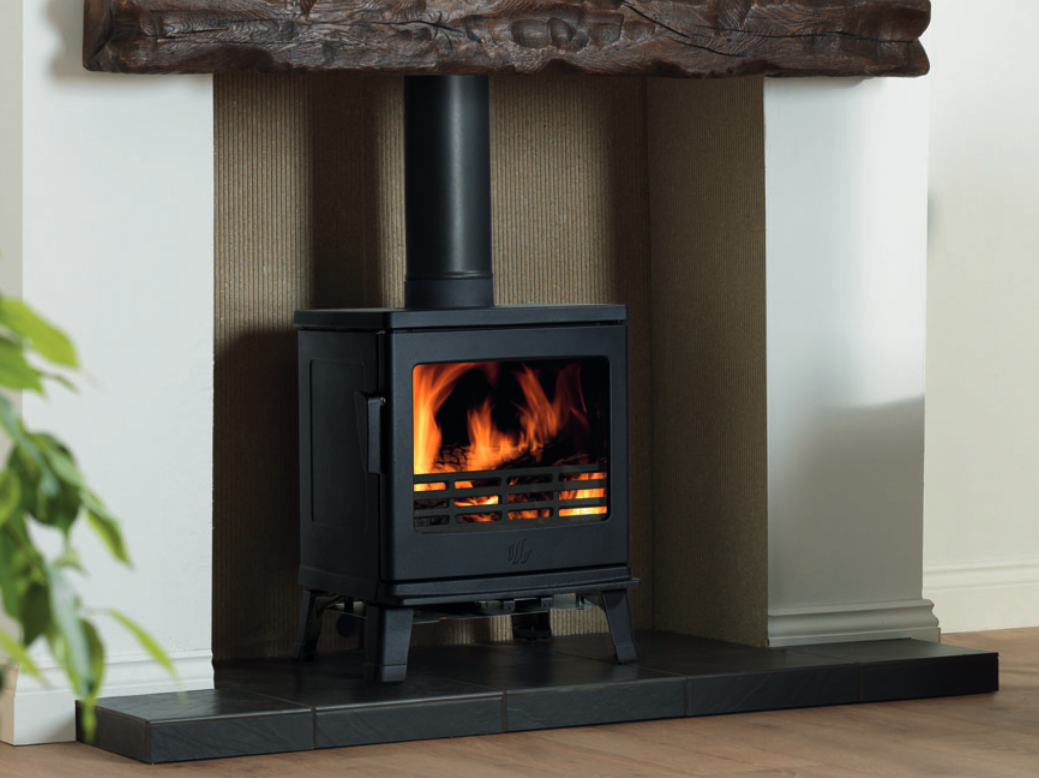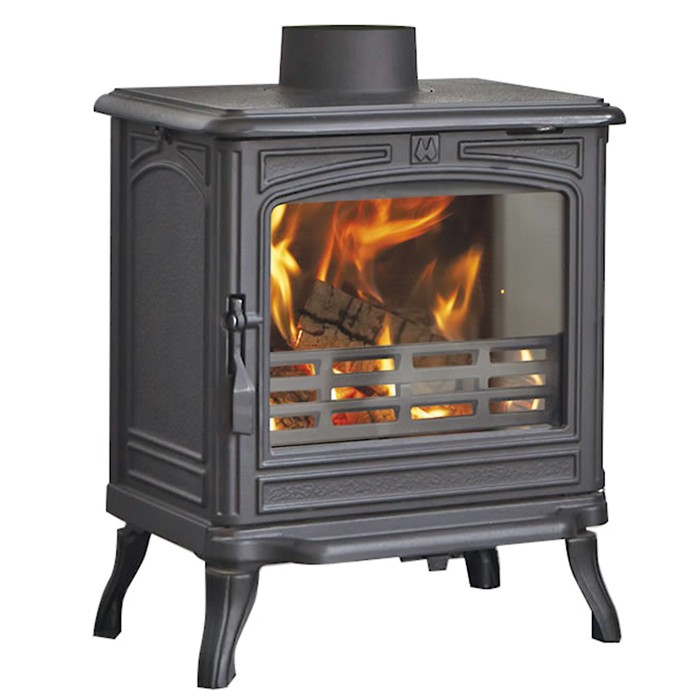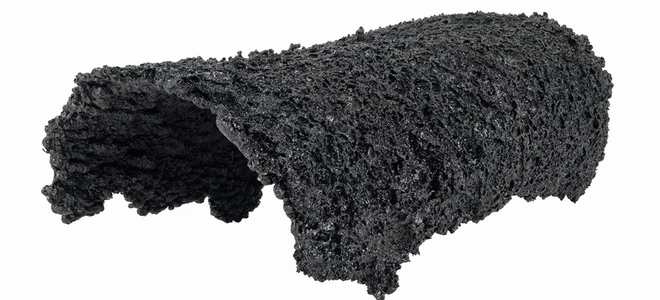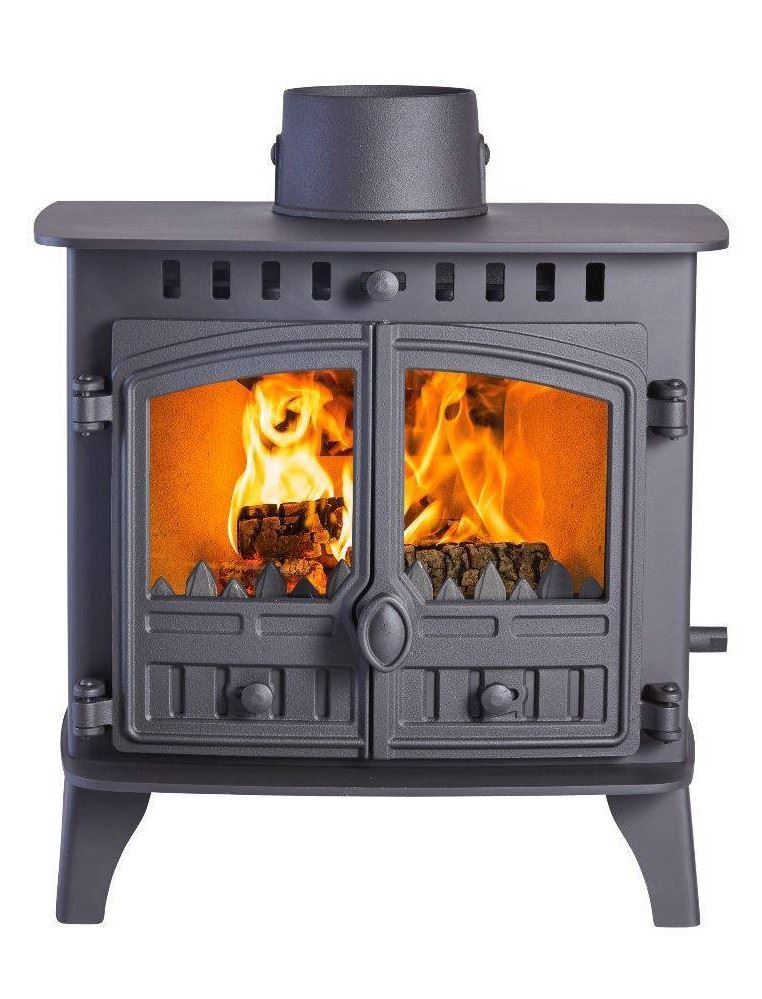While there are many different types of stoves available today, made from many different materials, old-fashioned cast iron stoves are still extremely popular. This is because the material is perfect for storing and then slowly radiating heat throughout your room over a prolonged period of time. However, unless you clean your cast iron stove on a regular basis you will see a buildup of residue which can impact the efficiency as well as the amount of fuel required.
We have put together a step-by-step guide to cleaning your cast iron stove, the do’s, the don’ts and ways in which you can increase efficiency and improve the longevity of your stove.
Cleaning the inside of your stove
The most visible buildup of waste material will be in the body of your cast iron stove. Unless you clean it on a regular basis this will very quickly impact heat output, fuel efficiency and can cause parts of your stove to wear more quickly. So, how do you begin the basic cleaning process?

It is going to get messy!
The first thing to do is to place newspaper in front of your stove as you look to remove all of the excess ash. With the best will in the world, even the most careful cleaner, while scooping ash from the body of your stove particles will fall to the floor. However, before you even think about scooping ashes from within your stove make sure they have cooled!
Get ready with your ash bucket
Using one of the many tools available, place the ash bucket in front of your stove and then simply scoop all left over material into the bucket. Those who simply scoop out the majority of the ash are wasting their time. You need to ensure that all of the excess ash is scooped from within your stove and into the ash bucket. As we mentioned above, it is essential that the fire is cold and there are no burning ashes.
Emptying your ash bucket
Once you have scooped all of the residue ash into the bucket, carefully fold up the newspaper, and dispose of this. It is essential that you place a lid on your ash bucket as soon as you are finished because one gust of wind and you could have a mess on your living room carpet. While many people have specific facilities for disposing of ash, it is a very good ingredient for your garden – it is an excellent source of lime and potassium.
So, now we have done the basics, the stove has been emptied of residual ash and disposed of in an efficient and timely manner. What next?
Cleaning the outside of your stove
Even the most durable of materials such as cast-iron will eventually attract grease, grime and potentially rust. While a small element of rust is not necessarily the end of the world you should address this on a regular basis when cleaning.
Using an old-fashioned wire brush
Over the years we have seen many new products and materials released to help clean and maintain cast-iron stoves. When it comes to signs of rust, a good old-fashioned wire brush is just the job. It will depend upon the degree of grease, grime and rust which has accumulated on the surface of your stove but it can be a time-consuming job. However, if you are able to remove elements of rust before they have “grabbed hold” then you should have no long-term problems.

One word of warning, when cleaning the outside of your stove it doesn’t pay to go at it half-heartedly. Ensure it is as clean as possible and especially focus on areas where there are visible signs of rust. There may be other areas of rust which are not necessarily visible to the naked eye at that moment in time but these can be addressed further down the line.
Finish off with sandpaper
Once you have taken as much rust and grime off your cast iron stove as possible you can remove the remnants using sandpaper. Focusing on areas where there has been visible rust and grime, start with relatively coarse sandpaper gradually moving down to a fine-grained finish. At this point it is also a good idea to give the whole outer surface a moderate rubbing with the sandpaper. This will ensure that scratches and marks made by the wire brush/coarse sandpaper are removed. Remember, these cleaning instructions are only applicable to cast-iron stoves.
Wipe down the surface
With the best will in the world, using a wire brush and course/finally grain sandpaper, you will get the vast majority of the rust and debris off the outer layer of your stove but not everything. Therefore, the best way to finish off cleaning the outside of your cast-iron stove, and getting into those nooks and crannies, is to wipe down with a cloth dipped in vinegar cleaning mixture. We are not talking about a full-blown vinegar rubdown but more of a two-part water, one part vinegar solution. Many people also add a small amount of traditional soap which can aid cleaning and the finish.
Cleaning your chimney and stove glass door
Those who have experienced the delights of a wood-burning stove will be well aware that one of the main attractions is watching the flickering flames and the burning embers through the stove door glass. As a consequence, it is important to ensure that your stove glass door is clean so that you can enjoy the full experience!
Glass cleaner
Such is the importance of ensuring that your stove door glass is clean that the vast majority manufacturers have brought out their own brand of glass cleaner. From a distance it may look as though the glass is relatively clean but when you get close-up you will notice the amount of soot and debris it can attract. It is probably sensible to remove the larger particles from the glass before you begin to use the glass cleaning solution – this reduces the risk of scratching.

So, once the larger elements of soot and debris have been removed you simply spray the glass cleaning solution onto an old rag. Using circular motions, you can go to work cleaning either side of the glass to ensure maximum visibility. It will make a significant difference!
Traditional glass cleaner
It is advisable to use glass cleaning which has been specifically formulated for cast-iron stoves. However, many people choose to use a traditional mix of two parts water, one part vinegar and a dash of normal soap. Place these into an empty spray bottle, shake and then spray onto a rag and using circular movements, clean the glass in your stove door. If you try this traditional mix of glass cleaner you will find that it does just as good a job as the manufactured products.
Removing debris from your chimney
If you have been operating a stove for some time you will no doubt be aware of the general buildup of creosote within your chimney/flue. This is perfectly natural but if left it can create a thick tar like material which can in some cases set fire. While some people may be confident enough, and have the appropriate safety equipment available, to go onto the roof to clean the chimney, it is advisable to hire a professional.

While the process is relatively simple, using a stiff bristled chimney brush (after removing the chimney cap) it is fairly easy to scrape the remnants of creosote and other debris from the chimney/flue pipe. The structure of the chimney brush will allow you to drag the majority of the debris up towards you although some will inevitably fall down. Due to the way in which flue systems are created there will be a means of removing debris via a hatch just before the flue enters the chimney. Make sure you remember this!
Summary
The idea of cleaning your stove and chimney/flue may seem a little daunting but when you split this down into individual actions it is fairly straightforward. Aside from the cleaning of your chimney/flue from the roof, which does involve a degree of risk/safety measures to be taken it does not take too long. The removal of excess soot/debris will ensure that the efficiency of your stove is maintained towards the high-end of the range. This means that you will not need to burn as much fuel as prior to the cleaning process.
There is a general misconception among some people that traditional cast iron stoves will go for ever without being cleaned. Yes, they will still burn fuel and create heat but the retention of soot and other debris will gradually reduce the overall efficiency. Indeed, there will come a point where it is potentially dangerous to have that much debris within your stove. So, whether you are confident enough to carry out the whole cleaning process yourself, or prefer the help of professionals, it is certainly worth doing.

